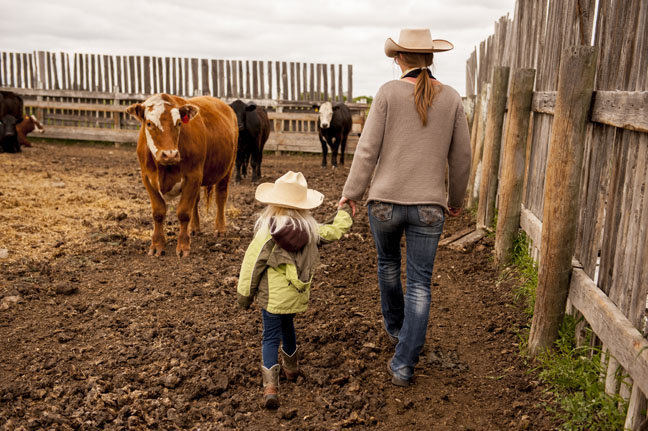If you’re anything like I was while pregnant, you had visions of everything you wanted to teach your child to do once they came into the world. Learning sign language, then dancing in The Nutcracker, and perhaps even finding time to beat a few Olympic records before the age of ten. Come on, you know you’ve had the same thoughts! So while we may…
There was a problem loading this page. Please ensure JavaScript is enabled on your browser and any ad blockers are disabled.
Related
A little Blue Heeler from Australia is quickly becoming one of the most beloved children’s characters in America. Bluey is…
Are you planning on traveling this holiday season? If so, you will probably be bringing along and iPad or other…
Most kids can’t wait to get their own cell phone but at what age is it appropriate for kids to…
One of the questions I get asked very often is “how do I stay sane especially as nap time gets…
